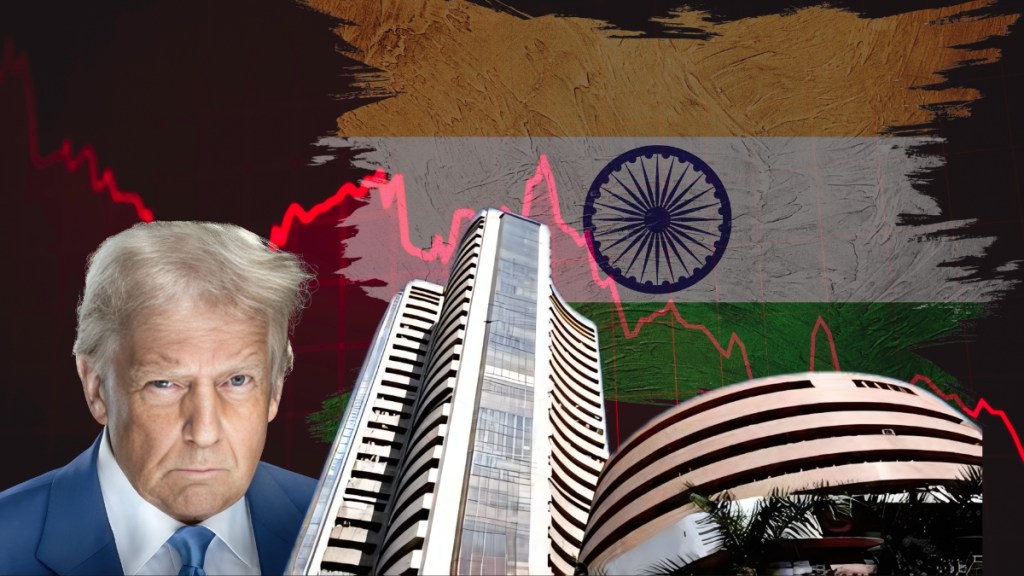Indian equity markets are trading lower, largely driven by the U.S. tariffs on Indian imports that came into effect on August 27. The Nifty 50 fell as much as 0.82% to a low of 24,507.20, holding above the key 24,500 mark, while the Sensex declined 694 points or 0.85% to 80,093.52.
Expert’s take
There is a cautious tone, although the fall in the market is more of a sentimental reaction because there is a very limited set of stocks that are directly impacted by the tariff, said Ajit Mishra, Senior Vice President of Research at Religare Broking. So, participants are seeing it as a hurdle for future prospects. At the same time, it is more of a knee-jerk reaction as the nation is already in the process of FTAs (Free Trade Agreements) with various countries.
“Once we see clarity in trade negotiations the things will be clearer. It is a temporary dent to the sentiments. Otherwise, earlier we were going smoothly,” said Ajit Mishra.
“The Nifty 50 is likely to hover in the range of 24,400-200, which makes it a support zone. In case of recovery, 24,800 will be the first area of resistance, if breached, will act as a support and then 25,000-25,200. For the next 15-20 days, the index may hover in this range,” added Mishra.
US President Donald Trump’s decision to impose an extra 25% tariff on India over Russian oil imports has raised eyebrows. These tariffs were never really about oil-they were about geopolitics, said the market veteran Ajay Bagga in a post social media platform X (former Twitter). For Washington, India was a low-cost demonstration target: a warning to Russia that secondary sanctions are real, and a reassurance to China that the US is not forming an anti-China military bloc with India. India, though a valued partner, remains in the US playbook a “useful but not indispensable” ally. The lesson is clear: in geopolitics, interests dominate over trust—and India must keep building its independent leverage, added Bagga.
How much does India export to US?
India’s goods exports to the US are approximately valued at $45 billion. Industries like textiles and gems and jewellery are likely to experience moderate challenges. On the other hand, pharmaceuticals, smartphones, and steel are relatively shielded due to exemptions, current tariff frameworks, and robust domestic demand.
Sentiments were spooked on August 26
Not just on August 28, the effect of Trump tariffs could be felt on August 26 itself as investor confidence jittered, a day ahead of the tariff deadline. The Nifty 50 and Sensex closed Tuesday’s session a per cent lower, each.


